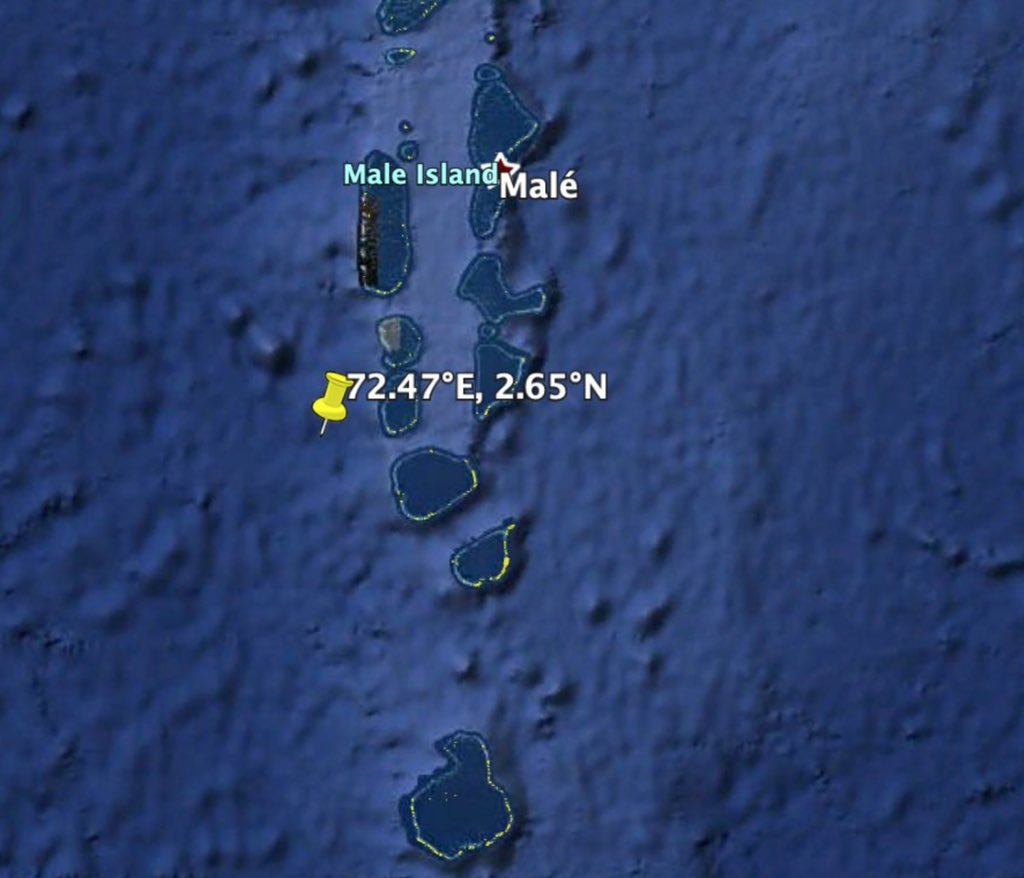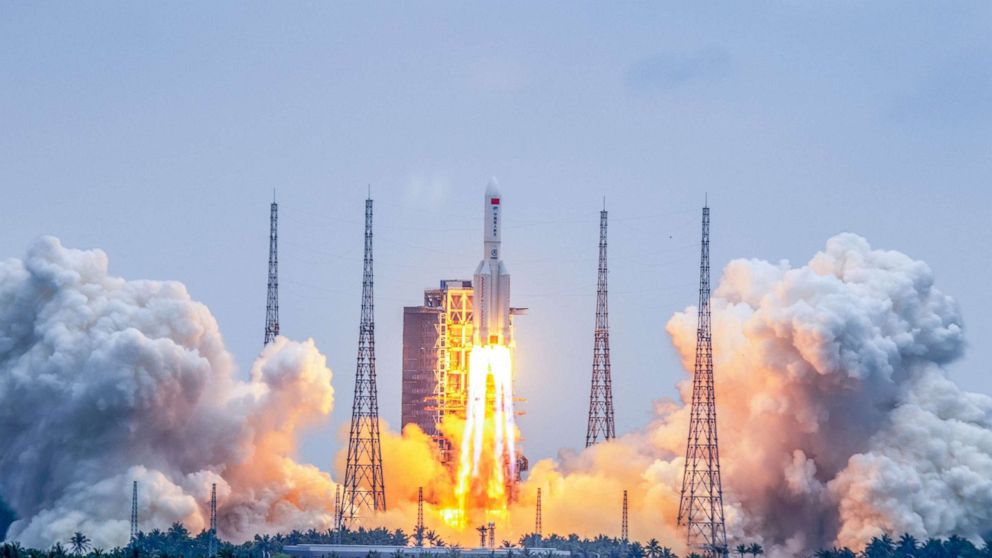The remnants of China’s largest rocket have plummeted back to Earth, plunging into the Indian ocean west of the Maldives, according to Chinese state media.
No reports have yet been made by Maldivian authorities or media, regarding debris being found in the small island nation.

Parts of the 30-metre and 18 – 22 tonne wreckage of the Long March 5B rocket re-entered the atmosphere at 10.24am Beijing time (2.24am GMT) and landed at a location with the coordinates of longitude 72.47 degrees east and latitude 2.65 degrees north, according to state media.
However, NASA US Space Command said in a statement that the exact location of the impact and the span of debris, both of which are unknown at this time.
Debris from Long March 5B landed on the Ivory Coast causing infrastructure damage with no injuries reported in May 2020 according to international media.
NASA released a statement accusing China is failing to meet responsible standards regarding their space debris, while China asserted that the debris had burned up on re-entry.
“It is common practice across the world for upper stages of rockets to burn up while reentering the atmosphere,” Wang Wenbin, a spokesman at China’s foreign ministry, said at a press conference May 7.
The Long March 5B rocket was transporting the main module Tianhe of the new Chinese space station Tiangong. The “Tianhe” module, was launched at 03:23 GMT on Thursday from the Wenchang Space Launch Centre on the southern island of Hainan.
“To my knowledge, the upper stage of this rocket has been deactivated, which means most of its parts will burn up upon re-entry, making the likelihood of damage to aviation or ground facilities and activities extremely low,” Wang said at the time.
The Tianhe module transported by the rocket contains what will become living quarters for three crew on a permanent Chinese space station. 10 more missions are needed to complete the station by 2022.





